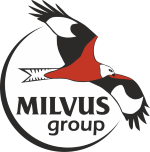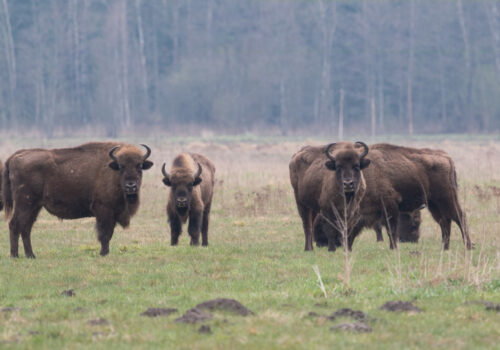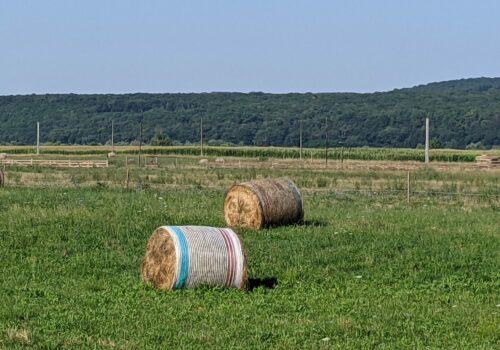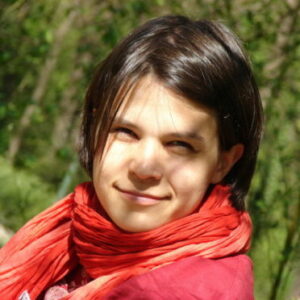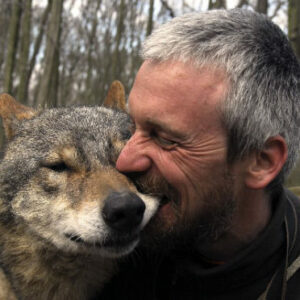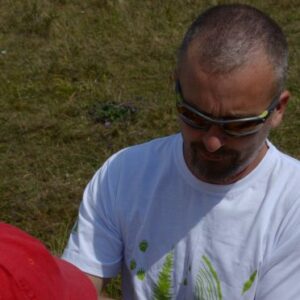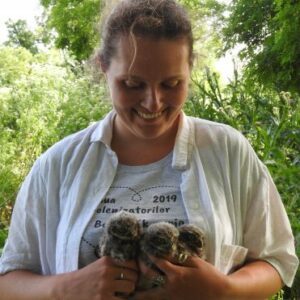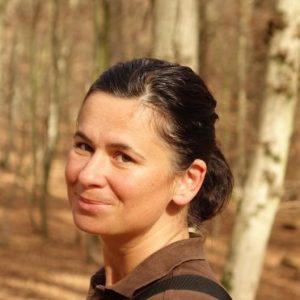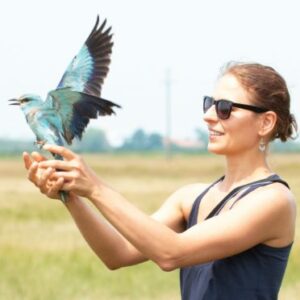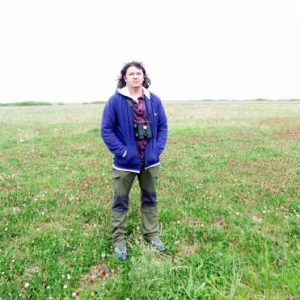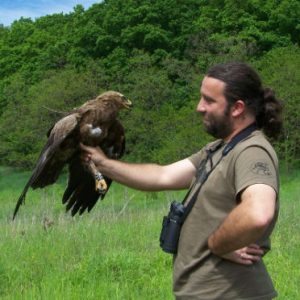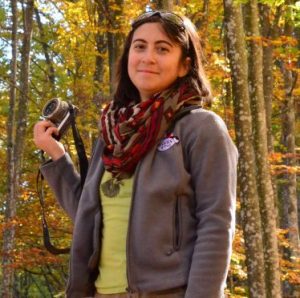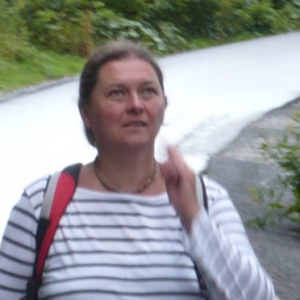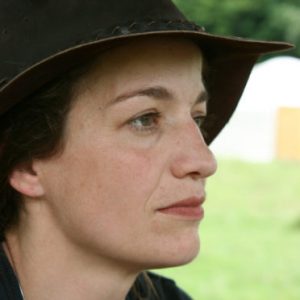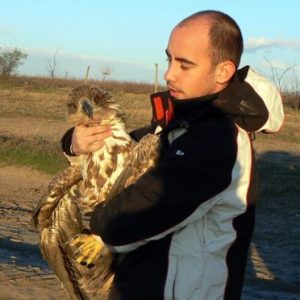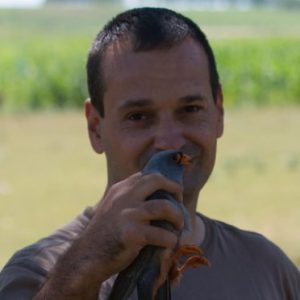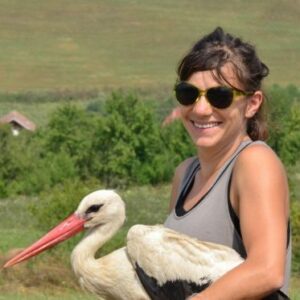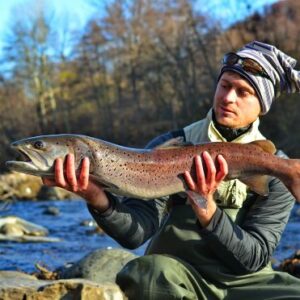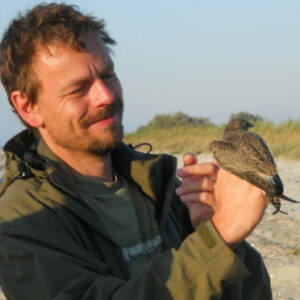For the second year in a row, we have been working on mapping the breeding bird species in Târgu Mures (Mures County) and Odorheiu Secuiesc (Harghita County). This is a missing initiative, as in Romania only Cluj-Napoca has a similar bird atlas.
Tirgu Mures was divided into 95 squares of 500×500 m and Odorheiu Secuiesc into 35 such squares, with surveyors spending an hour in each square actively searching for birds and recording their behaviour if they indicated breeding or territory protection. All information was then uploaded using the OpenBioMaps application.
With the new data collected this year, we are approaching 10,000 observations in Târgu Mures and 7,000 in Odorheiu.
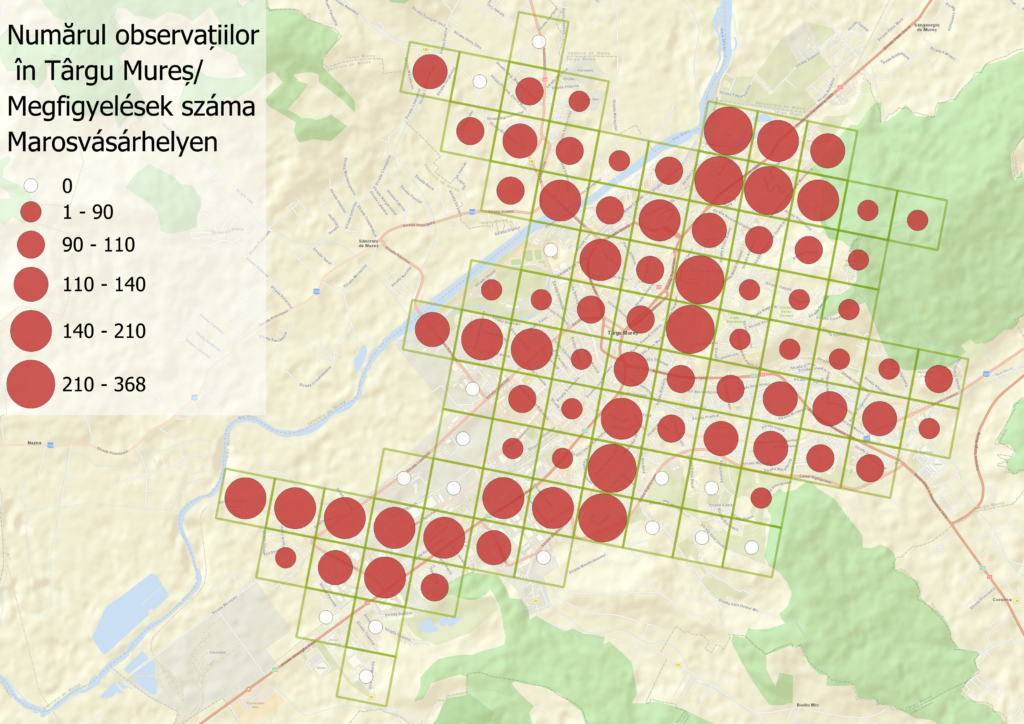
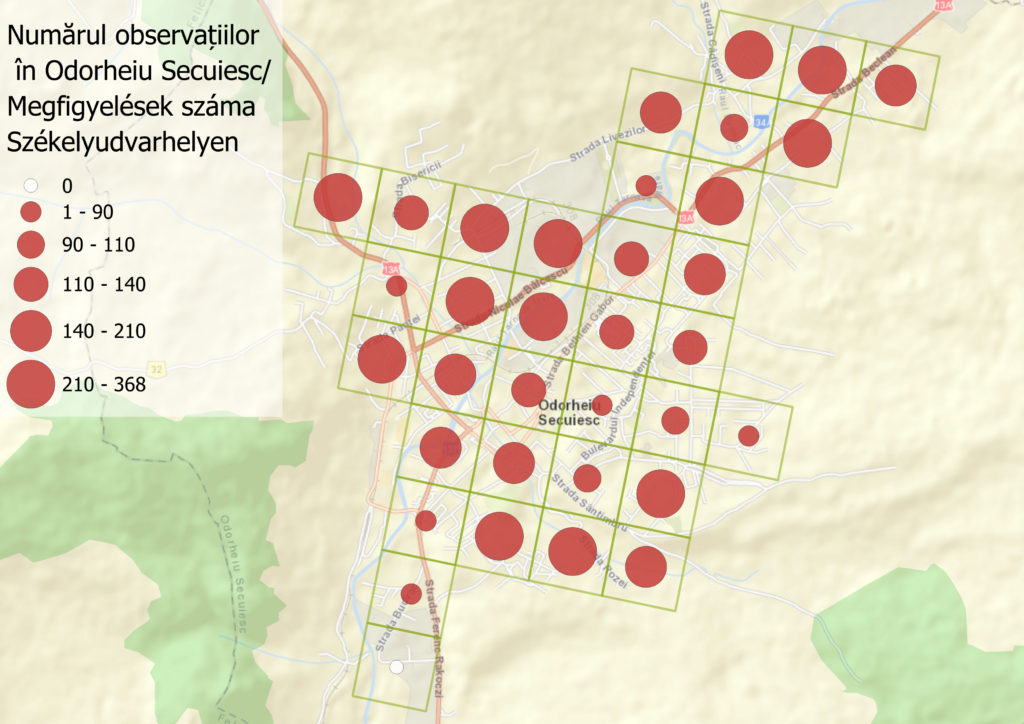
Based on the information collected by the participants, supplemented with all the data uploaded in the previous years to our OpenBirdMaps database, 35 bird species nest in Târgu Mureș. In addition to these, 29 other bird species are likely to breed in the city, but no clear signs were observed. In Odorheiu Secuiesc, we know for sure that 34 species breed here and we have information on 20 other species that are likely to breed in this city.
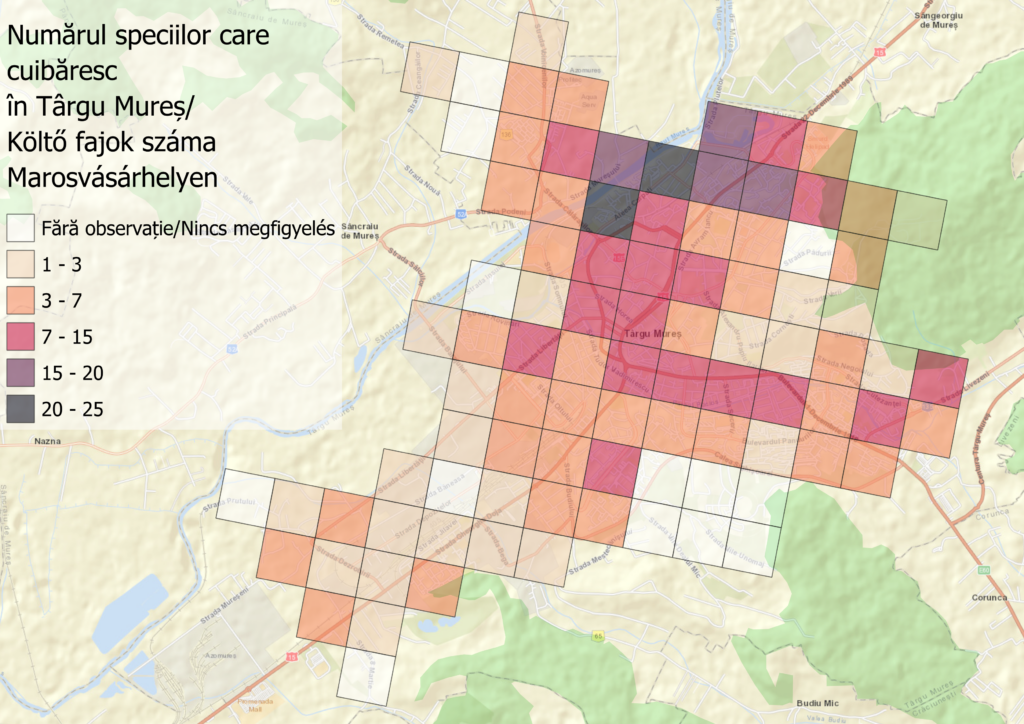
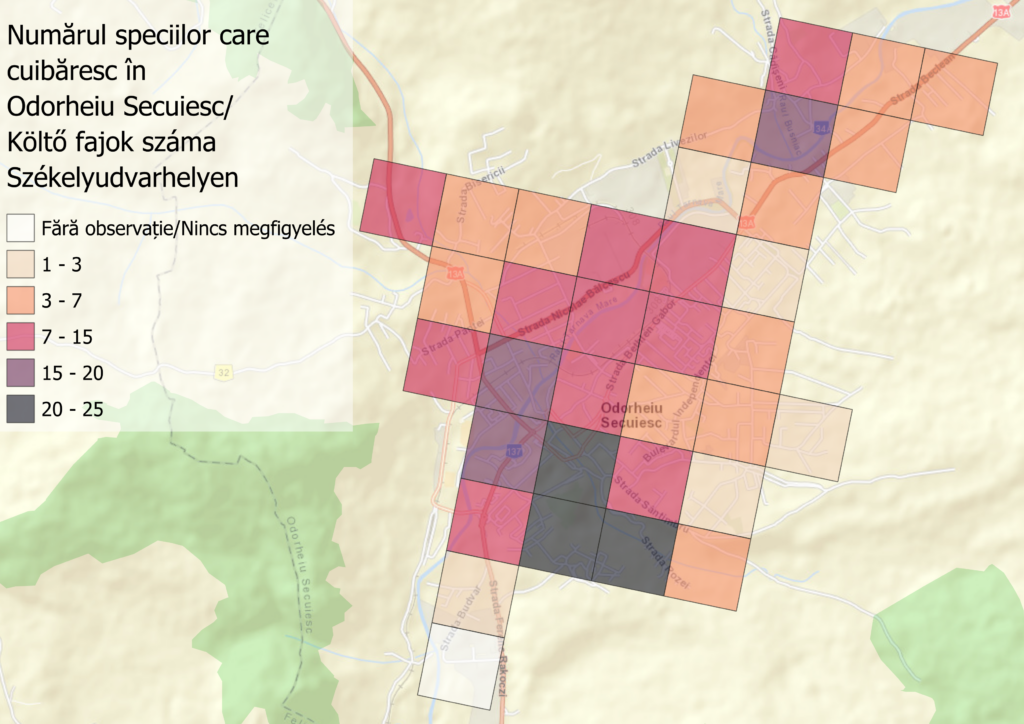
The most common breeding bird species:
- Târgu Mures: Common blackbird (breeding in 54 squares), Great tit (44), House sparrow (35), European Goldfinch (33), Common starling (31), Western house martin (30), Black redstart (27), Western jackdaw (23), Rook (23), Domestic pigeon (20);
- Odorheiu Secuiesc: Great tit (breeding in 29 squares), House sparrow (29), Common starling (24), Black redstart (21), Common blackbird (19), White wagtail (16), Eurasian tree sparrow (16), Fieldfare (16), Western house martin (15), Blue tit (14).
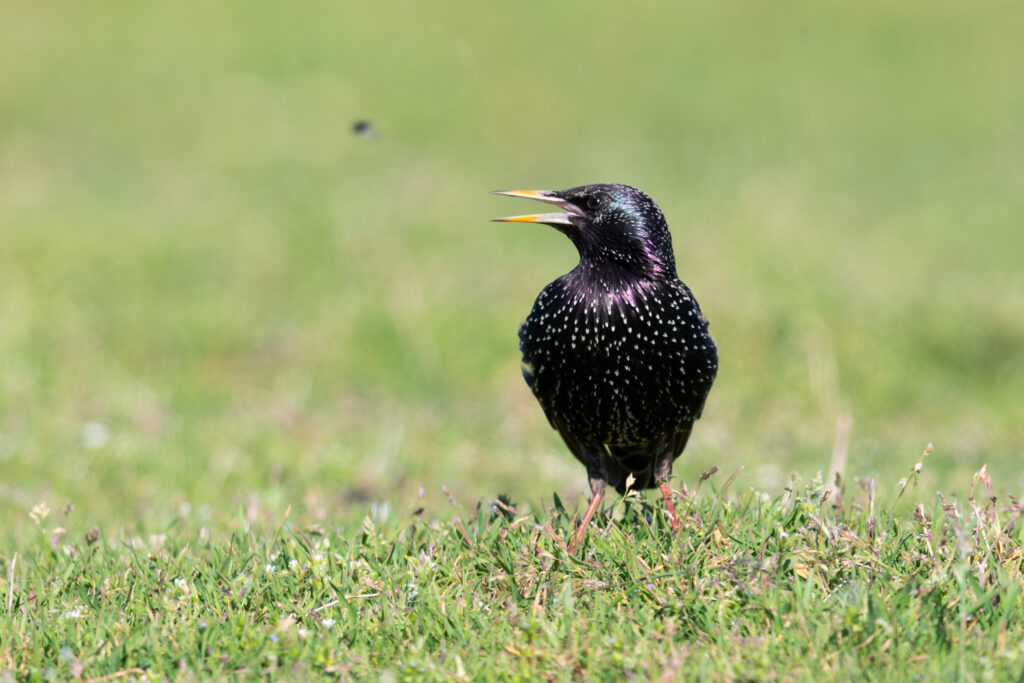
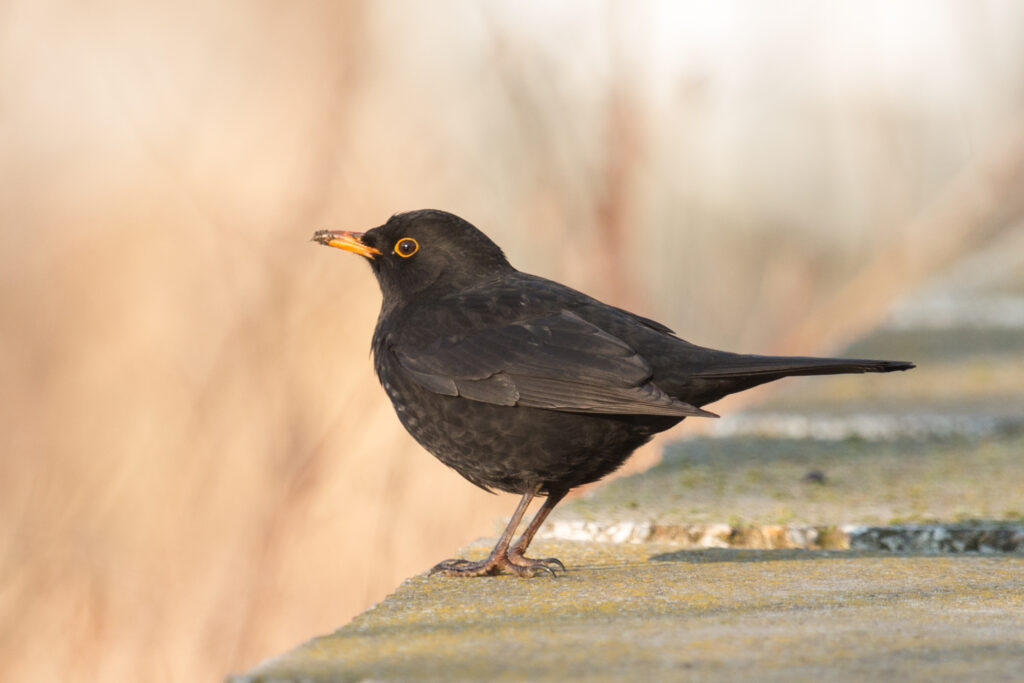
According to the information available so far, the most frequently sighted species in Târgu Mures is the House sparrow (1 247 sightings). This is followed by the Common blackbird (972), the Domestic pigeon (939) and the Eurasian collared dove (647). In Odorheiu Secuiesc, the most common species is also the House Sparrow (1 161 sightings), followed by the Eurasian collared dove (427) and the Black redstart (398).
Mapping the bird species that breed in cities has a social purpose, as it helps us all to learn about the birds in our environment, and it also promotes the concept of citizen science, where anyone can get involved in the research process. In addition, the bird atlas has a scientific role, because if we compare the data collected by the programme with the previous data uploaded in our database, we can see that, for example, in Tirgu Mures, the Common redstart is breeding in more and more places every year.
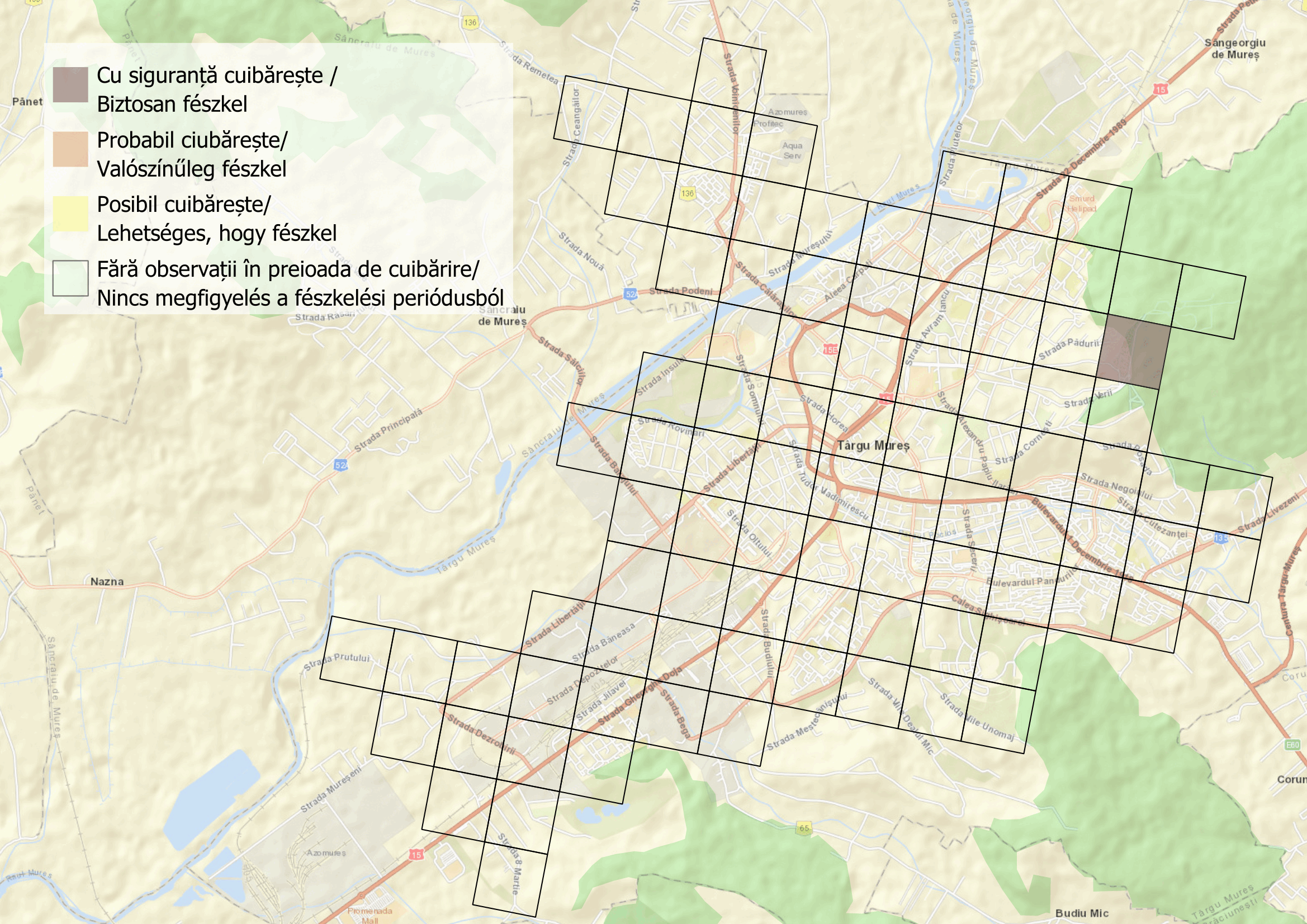
Here you can view the two cities’ bird map.
